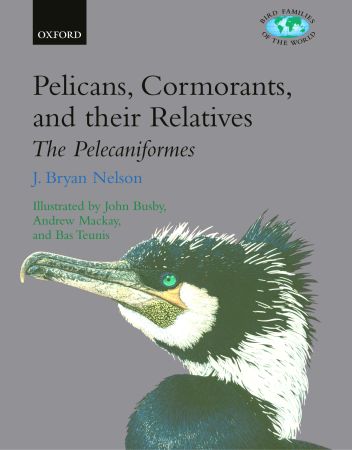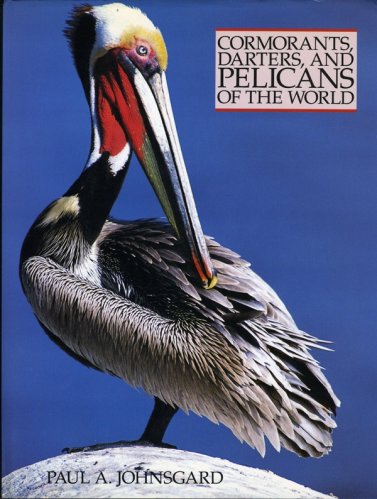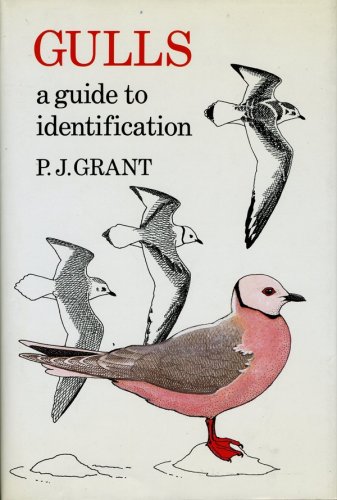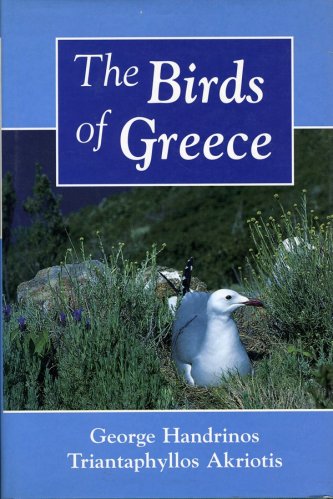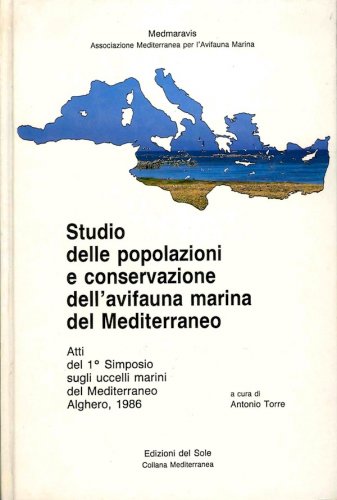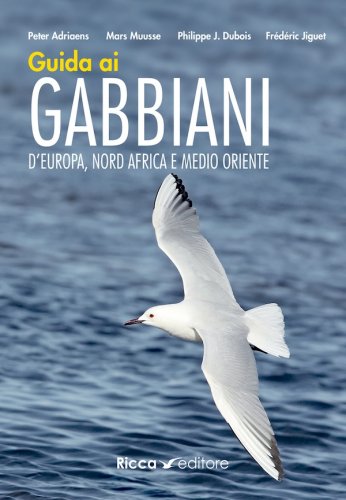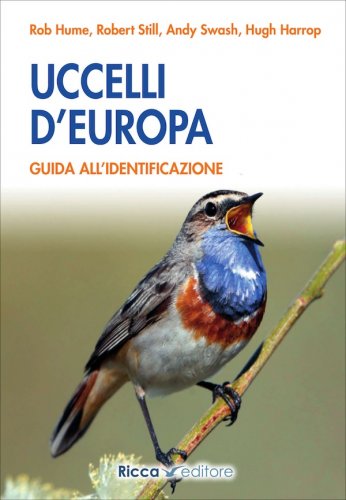Pelicans, cormorants, and their relatives
Pelecanidae, Sulidae, Phalacrocoracidae, Anhingidae, Fregatidae, Phaethontidae
Pelicans, cormorants, and their relatives
Pelecanidae, Sulidae, Phalacrocoracidae, Anhingidae, Fregatidae, Phaethontidae
- Disponibile in 7 giorni
- Possibilità di reso entro 10 giorni lavorativi
- Transazione sicura con carta di credito, Paypal o bonifico bancario
- Spedizione tracciata con SDA
The pelecaniformes are a large and important group of seabirds, containing many spectacular species. This book addresses the breeding biology of the six pelecaniform families, which comprise the closely-related core groups (pelicans, cormorants, shags, darters, gannets, boobies) and their more distant relatives, the frigate birds and tropic birds. Many fundamental questions can be addressed through the pelecaniformes: Why do they breed in colonies? What are the links between their feeding methods and their reproduction? What part does territorial and pairing behaviour play in their life-cycles? These and scores of comparable issues, including those related to man, are woven here into a richly interpretative text. The author's approach to the subject is threefold. First, the pelecaniformes are placed within the framework of four discrete disciplines, with chapters on evolutionary relationships, comparative behaviour, ecology, and the birds' relationship with humans. Secondly, each of the six families is discussed, elucidating the range of taxonomy, behaviour, and ecology within each. Finally, we progress to specific level, using the same structure as for the family accounts. In this way, each of the 60-odd species can be understood not just as discrete units, but as part of their family and order. The book is unique in its coverage of the entire order and in its combination of facts and interpretation. Pelicans, Cormorants, and their Allies will enable readers not only to identify the many spectacular species which make up this large and important group of seabirds, but also to understand their breeding biology.

